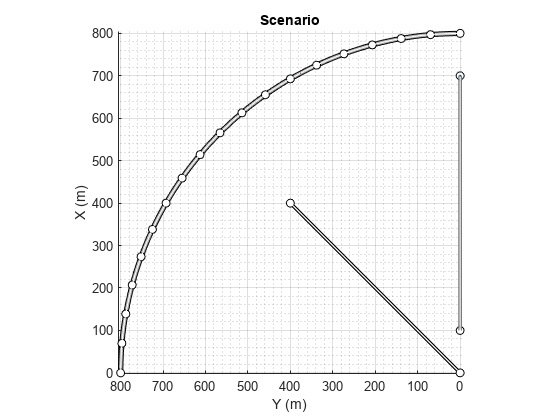actorProfiles
Physical and radar characteristics of actors in driving scenario
Description
profiles = actorProfiles(scenario)profiles, for
all actors in a driving scenario, scenario. Actors include
Actor objects, Vehicle objects and
Barrier segments, which you can create using the actor, vehicle and barrier functions, respectively.
You can use actor profiles as inputs to radar, vision, and lidar sensors, such as
drivingRadarDataGenerator, visionDetectionGenerator, lidarPointCloudGenerator and ultrasonicDetectionGenerator objects.
Examples
Input Arguments
Output Arguments
Version History
Introduced in R2017a
See Also
Objects
drivingScenario|visionDetectionGenerator|drivingRadarDataGenerator|lidarPointCloudGenerator|ultrasonicDetectionGenerator
Functions
actorPoses|actor|vehicle|barrier|targetPoses|targetOutlines
